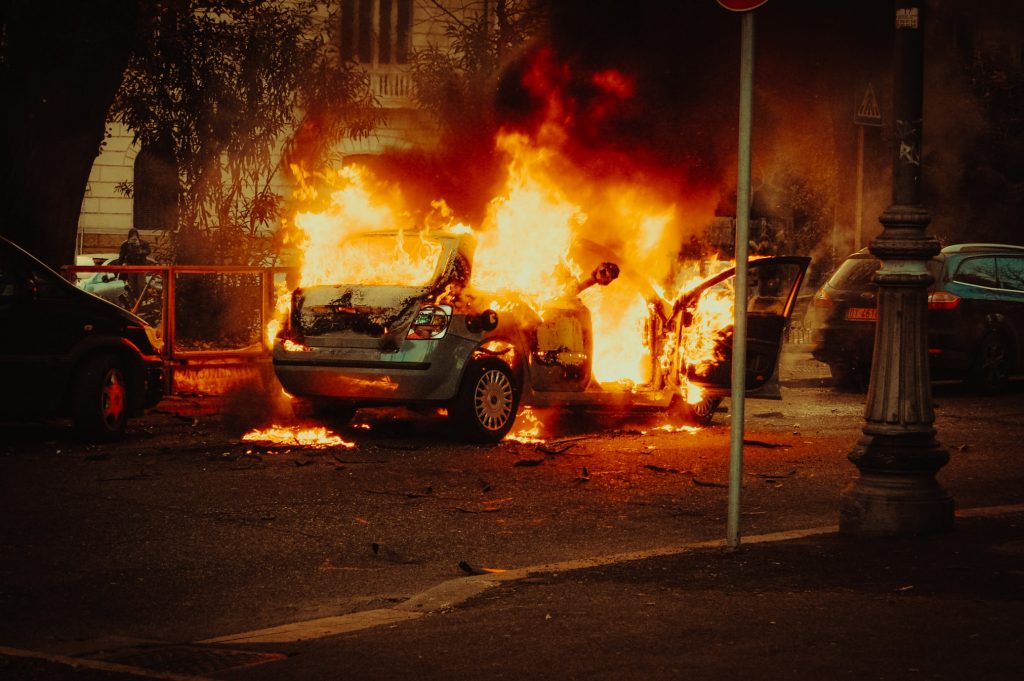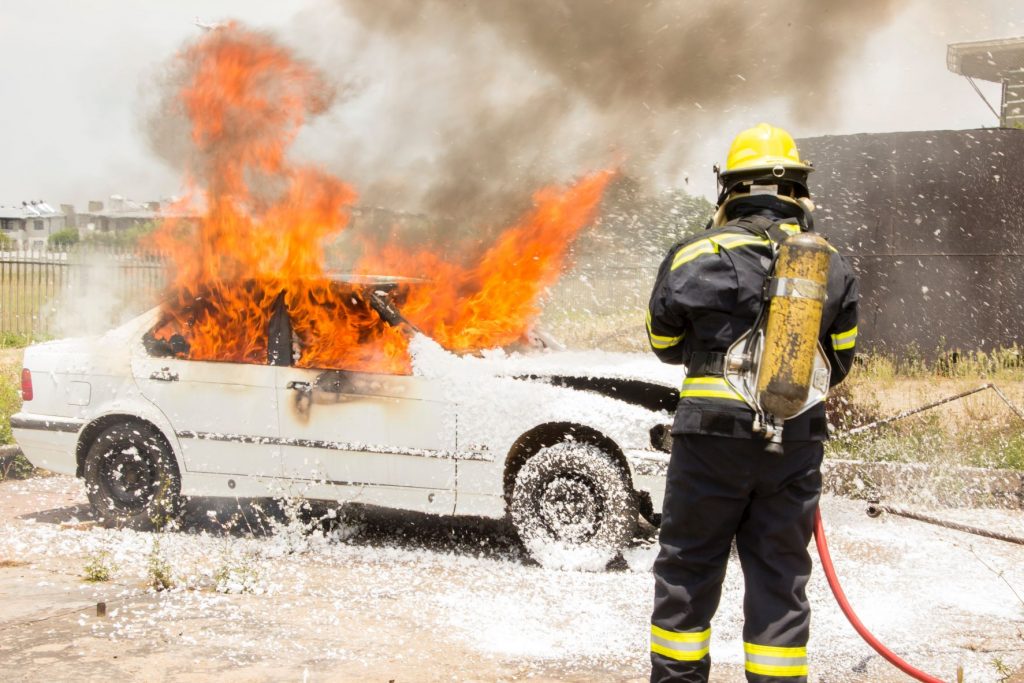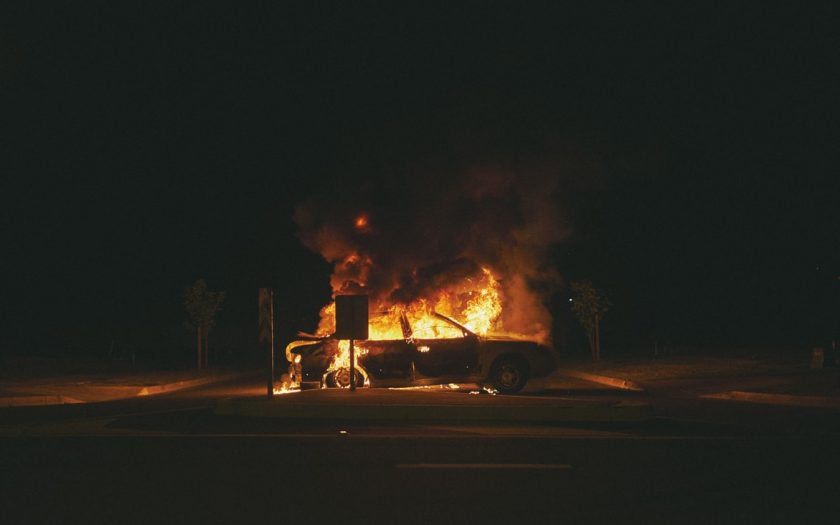WE’VE MENTIONED THIS ISSUE before, but now it seems to be gaining wider awareness: electric vehicles pose serious fire risks.
There is little doubt that EV sales are accelerating, and being promoted heavily by governments of all persuasions and stakeholders. But emergency services warn that EVs pose a completely new set of fire risks.
Any car can catch fire (although not as easily or commonly as movies tend to show). Data released by the London Fire Brigade indicates that EVs are catching fire at twice the rate of petrol or diesel vehicles.
But what is not generally realised in the broader community is that EV battery fires are prone to start without warning, burn especially ferociously and can take hours, or even days, to extinguish.

The most common cause of an EV fire is if it is compromised in a crash, but there are numerous reports of fires starting while charging. Sometimes they start spontaneously from an internal fault. Recalls have already been implemented by both Ford and Hyundai to replace faulty batteries that overheated during charging. EV fires resulting from what are termed “thermal runaways” through the battery pack can burn at 1000 degrees Celsius – three times the temperature required for a nuclear power station to make electricity.
EV batteries are made from hundreds of AA-like battery cells, all packed together into one large battery pack. If one cell overheats and catches fire it spreads to the batteries beside it and they in turn ignite the batteries next to them – hence the expression “thermal runaway”.
Intense heat is one property of an EV fires, but it’s not the only one. EV fires emit poisonous smoke which is a danger to firefighters and, because it can take so long to make an EV fire safe (up to 24 hours), roads are blocked for long periods, causing mass disruptions to traffic.
Fighting an EV fire requires a different approach. In Europe, emergency services have even resorted to dumping burning EVs into skips full of water in an attempt to cool flaring battery packs. In Denmark, fire fighters haul burning EVs into purpose-built containers to douse and isolate the fires and to prevent them from flaring up again, which can happen days after the fire was apparently extinguished.
General Motors, Nissan and Tesla have published a guide for firefighters and first responders to properly handle a crashed electric-drive vehicle and safely disable its battery and other high voltage systems.

According to the Confederation of Fire Protection Associations of Europe, firefighters need more than 60,000 litres of water and a flow rate of 1100 litres per minute to even tackle an EV fire and need to prevent the water from flowing into drains because of the toxins the water picks up from the burning batteries. No firefighting appliance has a capacity even close to 60,000 litres, so more units are required to control a blaze.
As more and more EVs are sold the issue becomes more urgent. The heat of an EV fire is so great that it makes it far more likely that surrounding infrastructure (such as the garage, house, nearby trees etc.) will be destroyed. If an EV catches fire inside a garage (where most of them are charged), the results could be catastrophic, but the risk is even greater and the consequences far more damaging where groups of EVs are parked together. An EV catching fire in a basement carpark in an office building or apartment block could put the entire building (and its occupants) at risk. In Norway, which has the world’s highest concentration of EVs on the road, more than 300 cars were destroyed by a fire in the car park at Stavanger airport in 2020.
An added risk factor is the toxic emissions released when an EV burns – especially in confined spaces like an underground car park. EV fires produce hydrogen fluoride which is extremely harmful and even small doses can result in water on the lungs. Intense smoke can prevent firefighters even entering confined spaces like car parks or car carrier decks on ferries, for example. The risk for car carriers is huge given deck after deck will be increasingly loaded with EVs.
We don’t wish to appear alarmist, but the fire risk is one of the many EV issues that seem to be being played down by authorities. And it needs to be addressed before buildings, ferries or even car transporters are destroyed and lives are lost.
